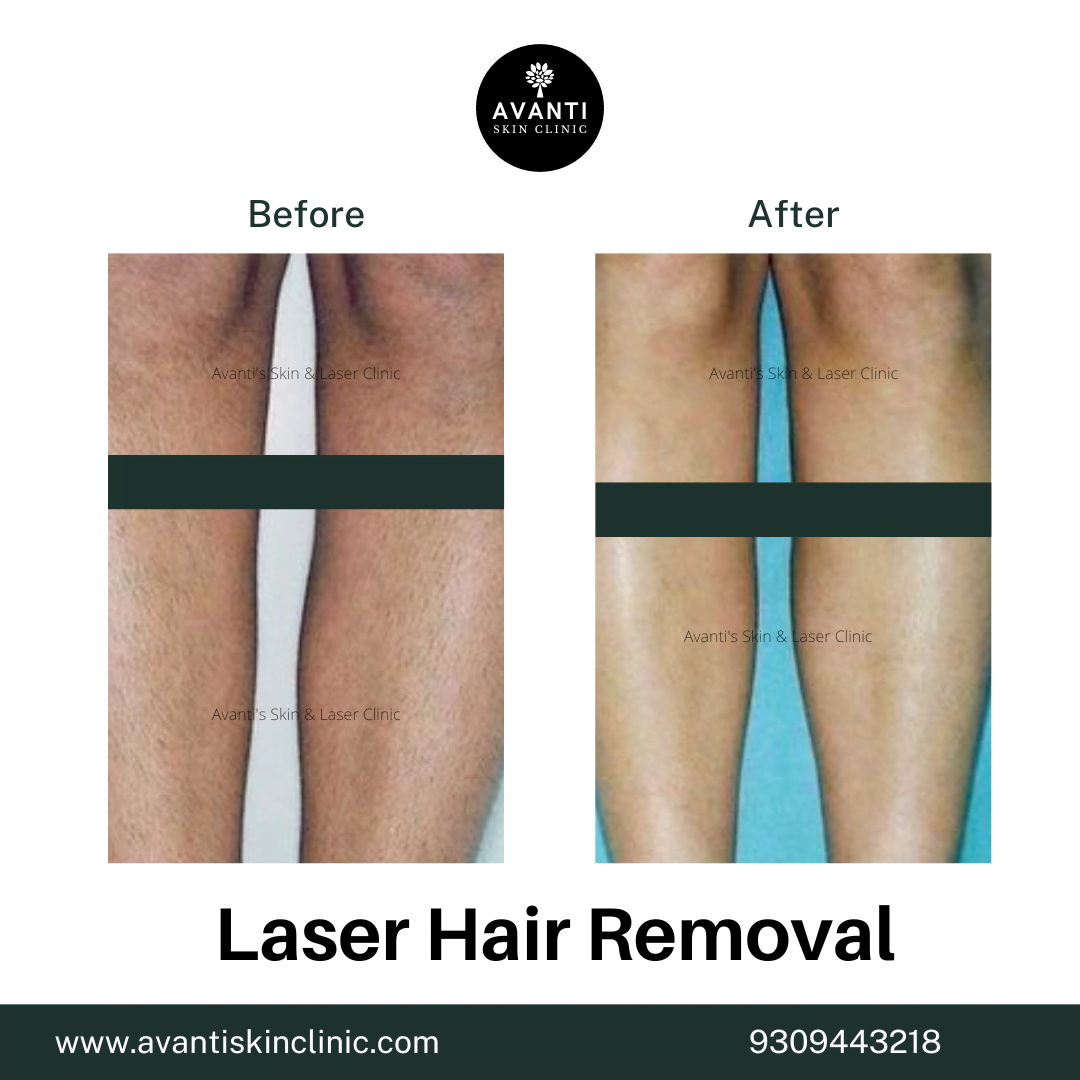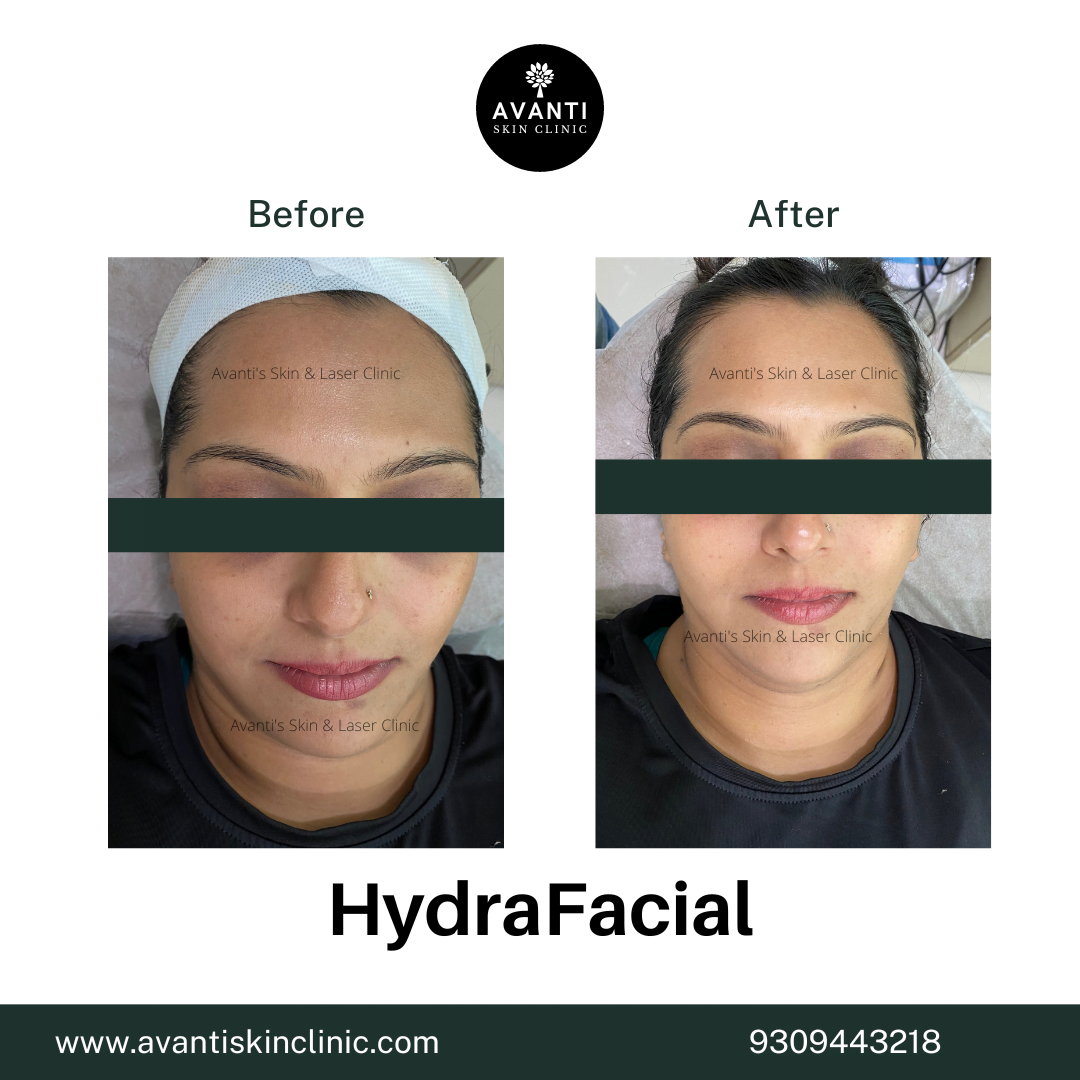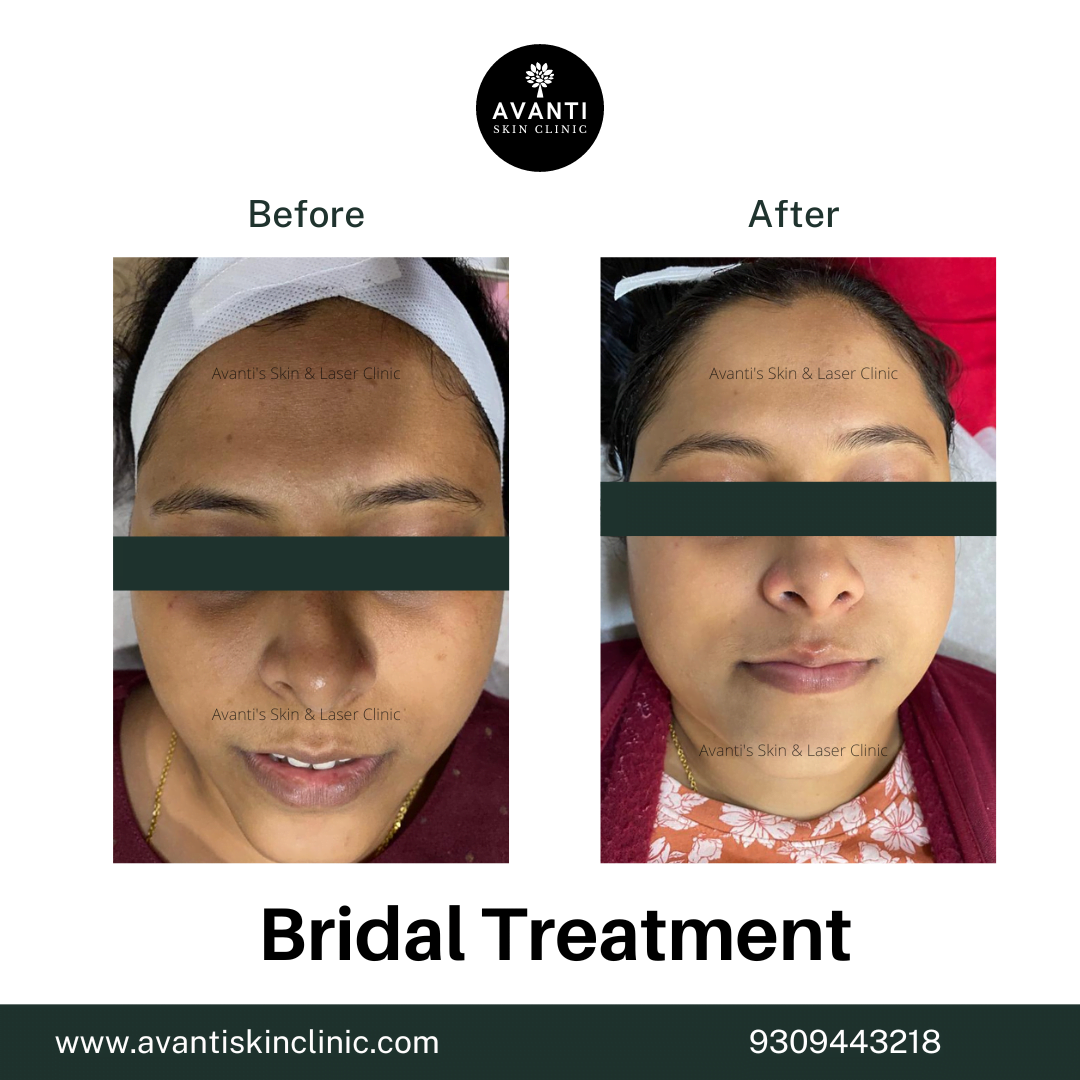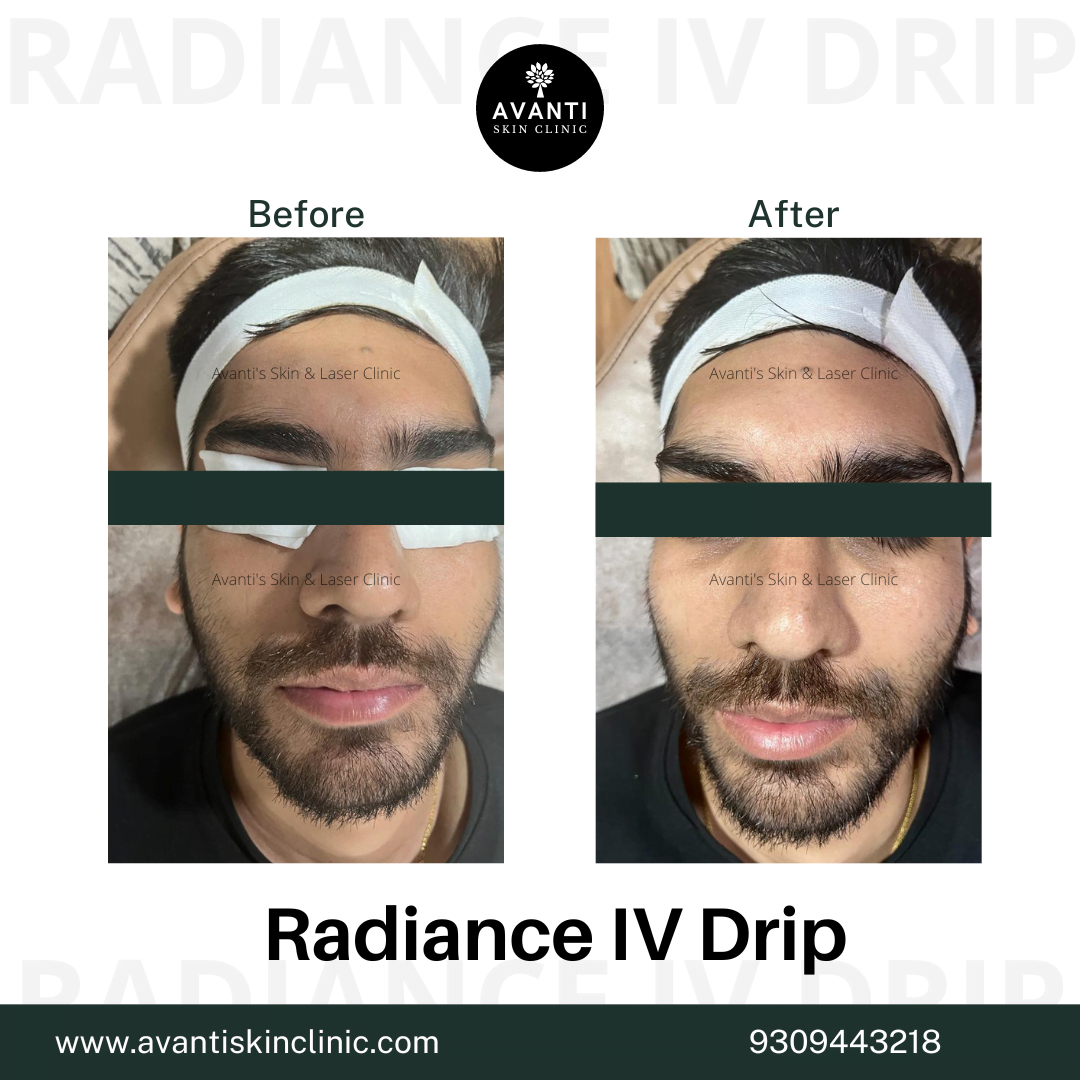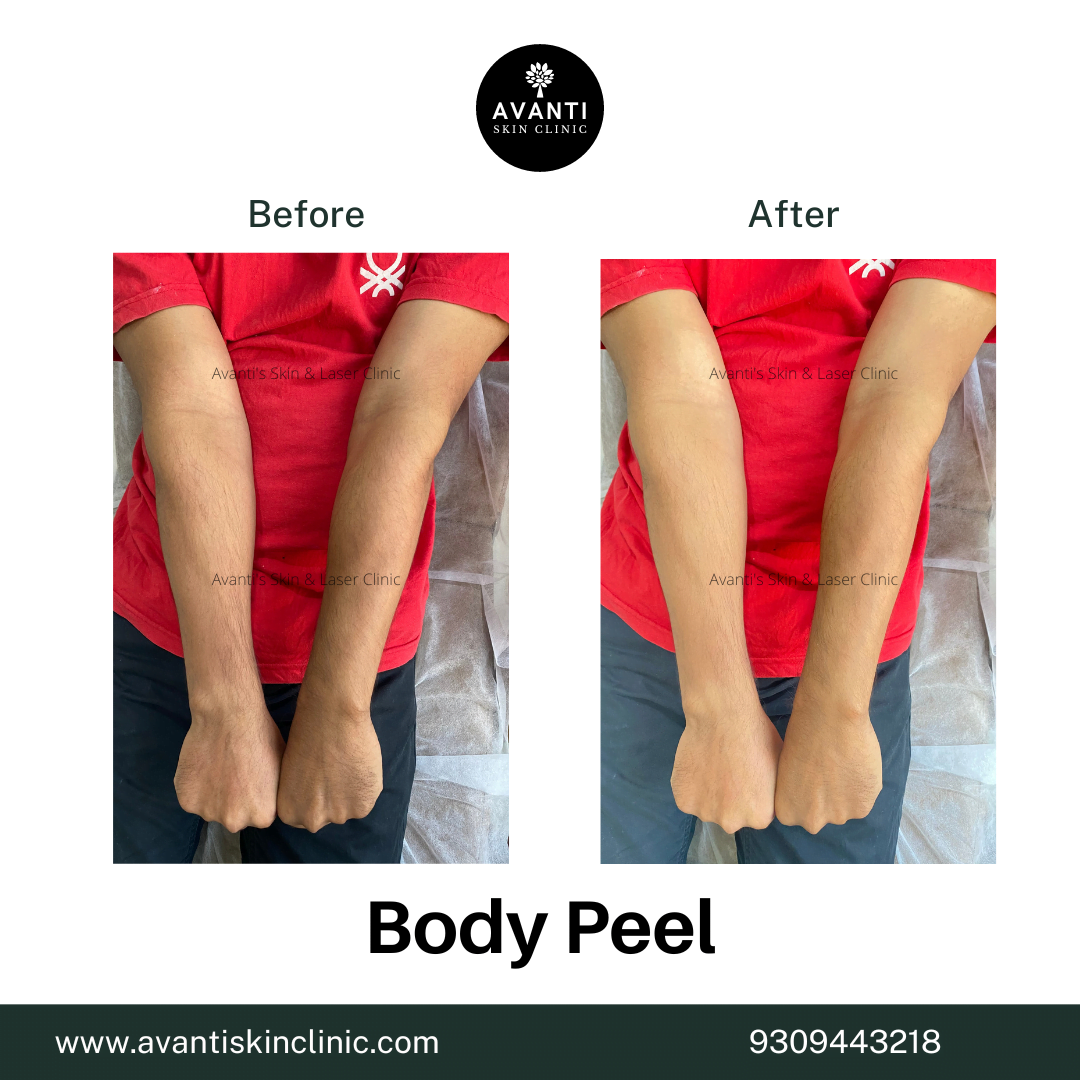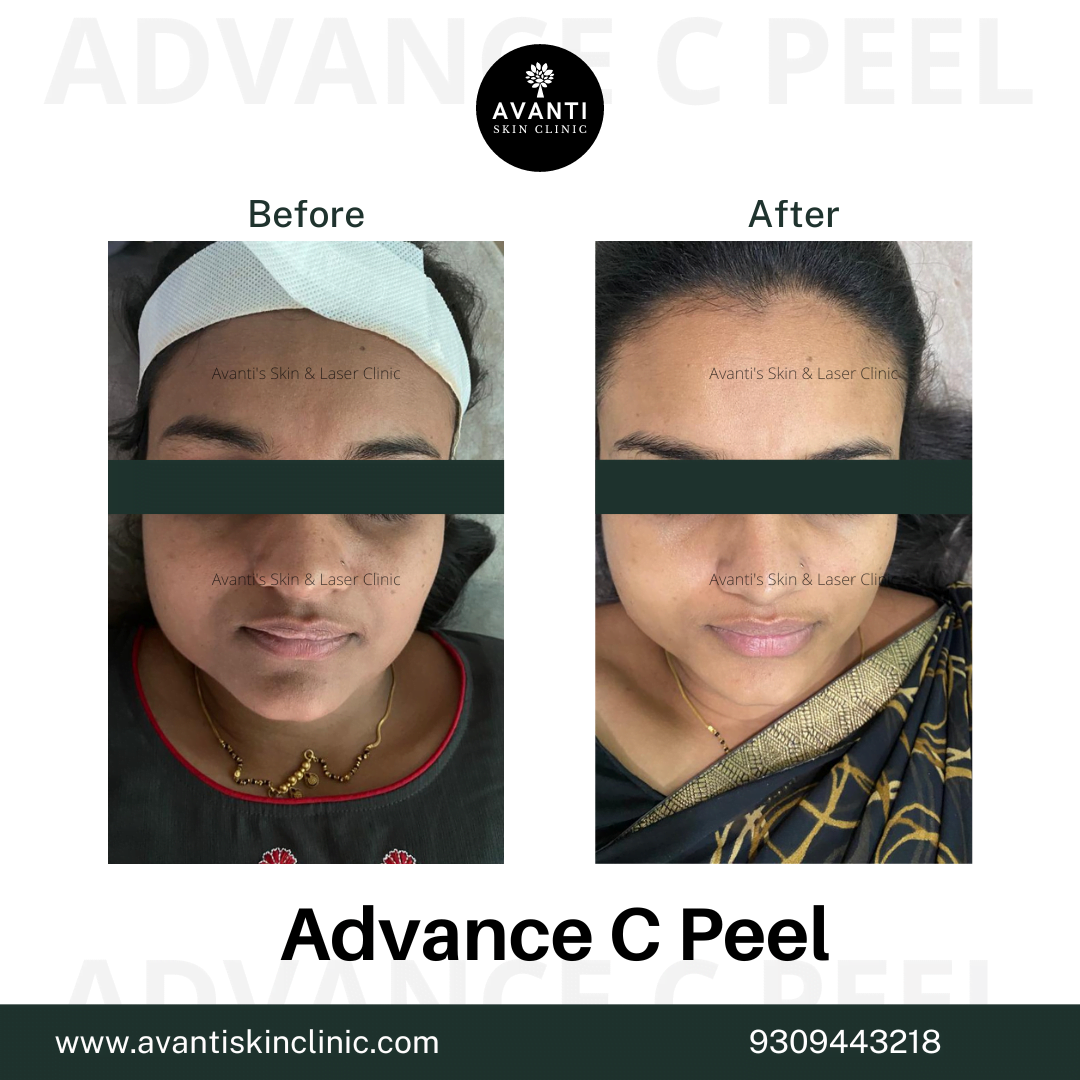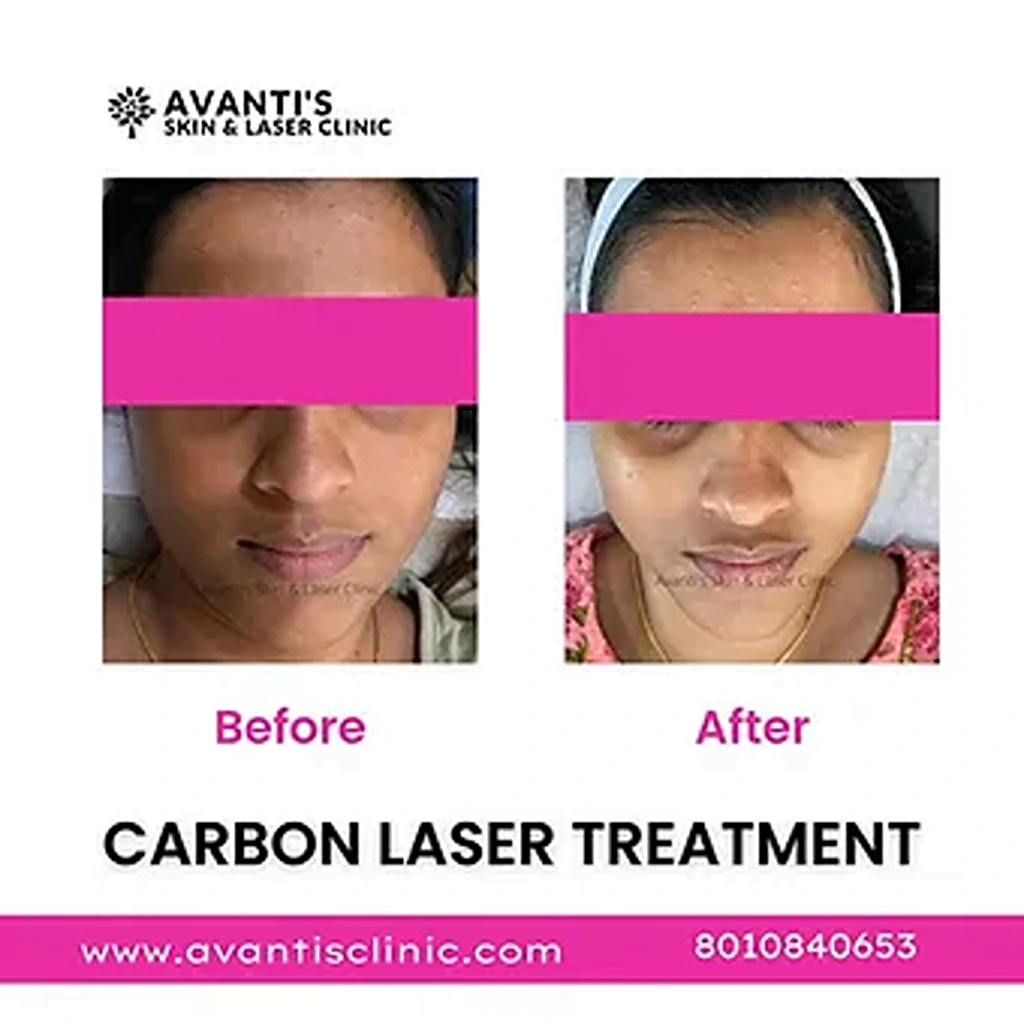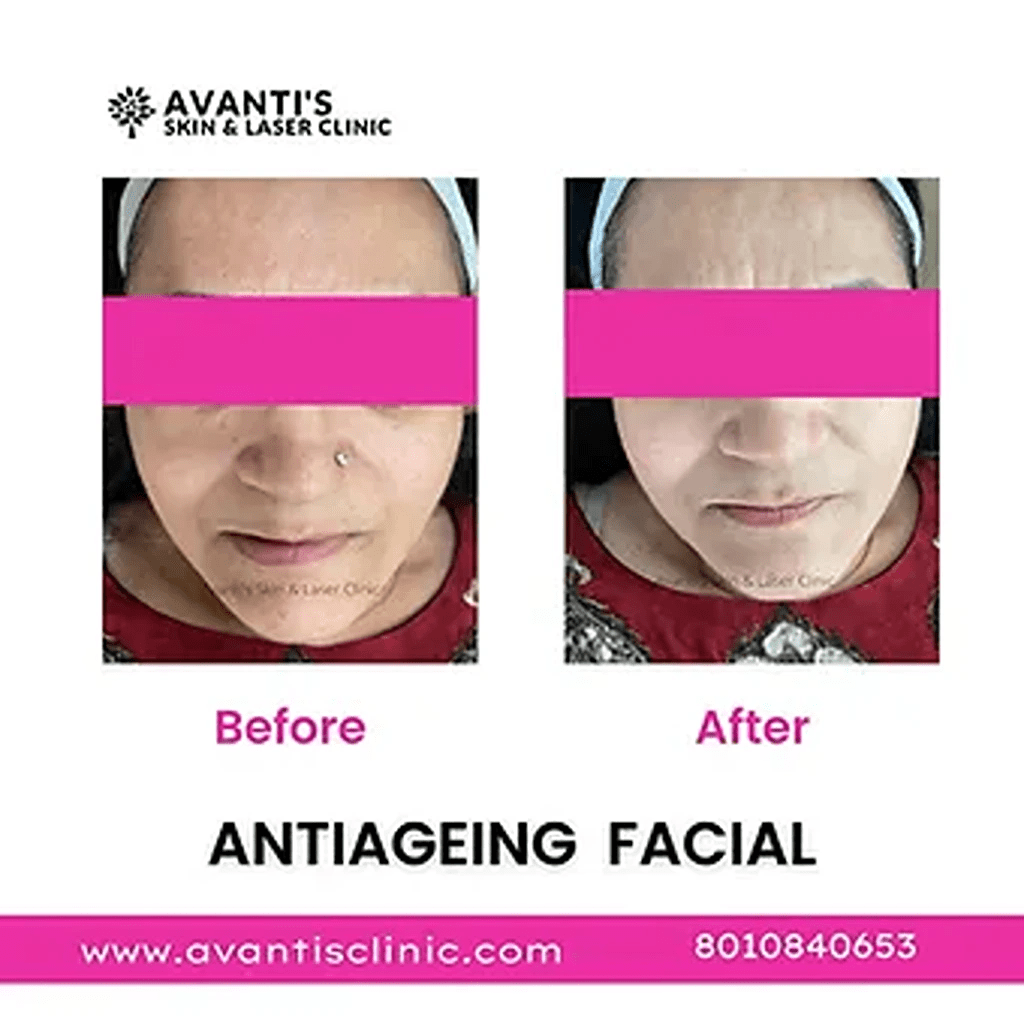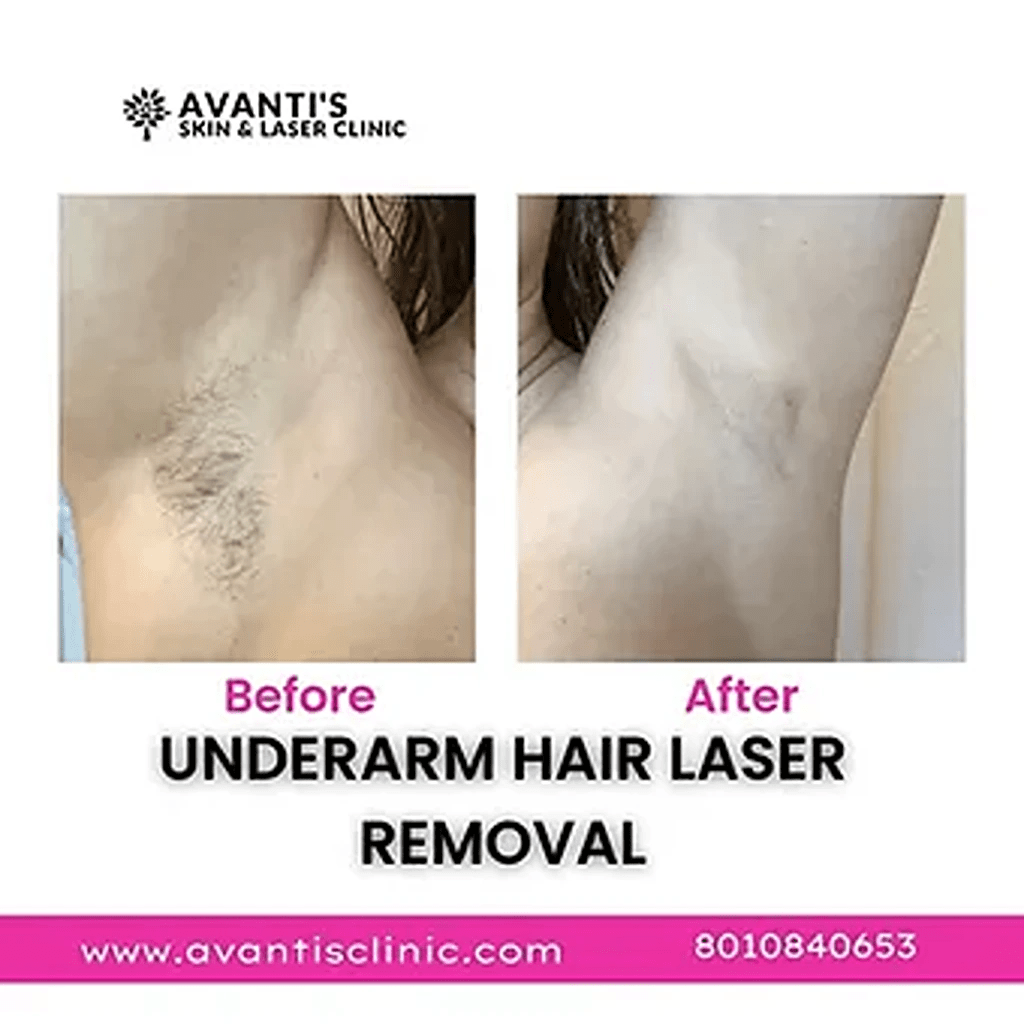What Is Microblading and Is It Permanent?
In today’s beauty-obsessed world, the quest for fuller, defined eyebrows has become a growing trend. One technique that stands out among brow treatments is microblading – a semi-permanent solution that promises natural-looking, fuller eyebrows without the daily hassle of makeup. But many people still ask: What is microblading, and is microblading permanent? Let’s explore everything you need to know about this transformative beauty procedure.
What Is Microblading?
Microblading is a form of semi-permanent makeup designed specifically for eyebrows. It involves using a handheld tool with tiny needles to deposit pigment into the upper layer of the skin, creating hair-like strokes that resemble natural eyebrow hair.
Unlike traditional tattoos, microblading is a tattoo technique that doesn’t go deep into the skin. That’s why the results fade over time. This treatment is ideal for those who want to reshape, define, or fill in sparse eyebrows without using makeup every day.
What Are Microblading Eyebrows?
When someone refers to what microblading eyebrows, they are essentially talking about the full procedure of reshaping the eyebrows using the microblading technique. The goal is to mimic the appearance of real hair strands, giving a fuller and more symmetrical look to the eyebrows.
This is especially popular among women with thin or patchy brows due to over-plucking, medical conditions, or ageing. The finished result looks incredibly natural, making it difficult to tell the difference between real and drawn-in hairs.
How Is Eyebrow Microblading Done?
Understanding how eyebrow microblading is done can ease any fears or hesitation you might have. The process involves several careful steps:
1. Consultation
The procedure usually begins with a consultation where the technician evaluates your face shape, existing eyebrow hair, and discusses the desired shape, colour, and thickness of your brows.
2. Numbing
A topical numbing cream is applied to reduce discomfort during the process. This helps make the experience more comfortable for those concerned about pain.
3. Drawing & Mapping
Your brows are mapped using measurements and drawing tools to ensure perfect symmetry and a shape that flatters your face.
4. Microblading Process
The technician uses the microblading tool to make fine cuts on the surface of the skin and deposits the pigment into these strokes, creating the illusion of natural eyebrow hairs.
5. Healing & Touch-up
After the first session, a healing period of 4–6 weeks is needed. A touch-up session is usually scheduled after this time to fill in any faded or missed areas.
Is Microblading Permanent?
One of the most frequently asked questions is: Is microblading permanent?
The answer is no – microblading is not permanent. It is a semi-permanent treatment that typically lasts between 12 to 24 months, depending on your skin type, lifestyle, and how well you follow aftercare instructions.
Over time, the pigment fades and becomes lighter. Therefore, periodic touch-ups are recommended to maintain the desired look.
Is Microblading Eyebrows Permanent?
Similar to the above, is microblading eyebrows permanent is a concern among those considering the treatment. Again, it is not permanent. While it may seem long-lasting, the pigment fades naturally and gradually over time, especially with sun exposure, oily skin, and certain skincare products.
Is Microblading a Tattoo?
Technically, microblading is a tattoo, but with some key differences. Unlike traditional tattoos that penetrate deeper into the skin and use a tattoo machine, microblading is done manually using fine needles and shallower pigment deposits. That’s why the results are not permanent and fade over time.
If you’re wondering, microblading is a tattoo in the conventional sense – it’s best described as a cosmetic tattoo with a more natural finish and shorter lifespan.
What to Expect After Microblading
After the procedure, your eyebrows will appear darker and more defined for the first few days. Minor redness or swelling may occur. Over the next week or two, scabbing will happen, and the pigment may look patchy until fully healed.
By week 4 or 5, your brows will settle into their final shape and colour. It’s important not to pick the scabs or expose the area to excessive moisture during the healing period.
Aftercare Tips
To get the best results from microblading, follow these aftercare steps:
- Keep the area clean and dry for at least 10 days.
- Avoid heavy workouts or sweating during healing.
- Don’t apply makeup over the brow area.
- Avoid direct sun exposure or swimming.
- Follow any instructions given by your technician strictly.
Frequently Asked Questions
No, microblading is a semi-permanent technique. The pigment gradually fades over 1–2 years depending on your skin type and lifestyle.
Microblading is a semi-permanent cosmetic procedure where pigment is deposited into the skin using tiny, fine strokes to mimic natural eyebrow hair.
No, the results are long-lasting but not permanent. You will likely need touch-ups every 12–18 months.
Yes, microblading is a tattoo, but unlike traditional tattoos, it is semi-permanent and involves finer, more natural-looking strokes.
It involves numbing the area, mapping the brow shape, and manually inserting pigment into the skin using fine strokes.
Mild discomfort may be experienced, but numbing cream is used to make the procedure tolerable for most people.
Most people can, but those with certain skin conditions, pregnancy, or health concerns should consult a doctor or professional before going ahead.

